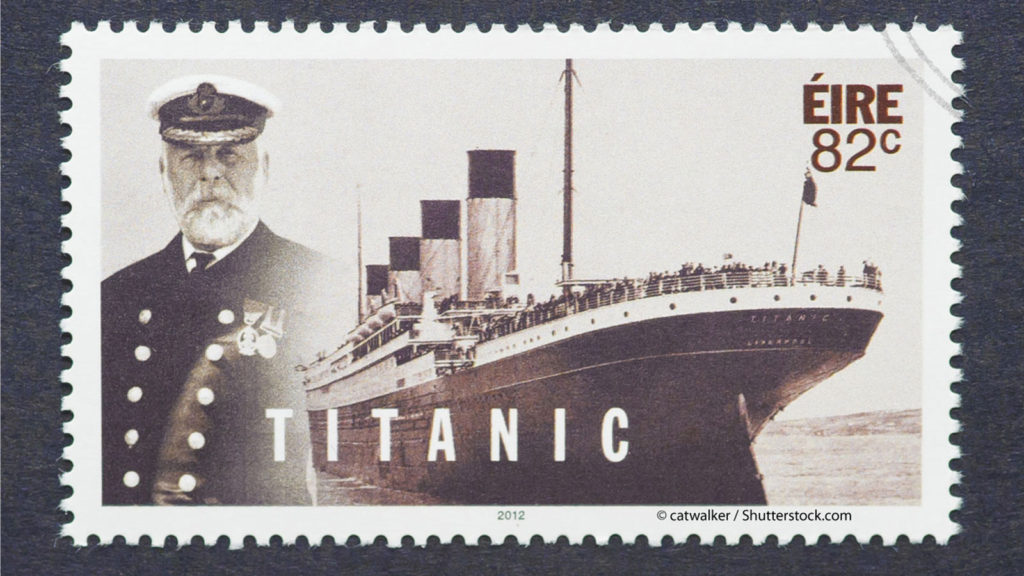Owners, operators, captains and crew working on, ‘pleasure yachts not engaged in trade’ (private) are somewhat fortunate in that they do not to have to comply with much of the maritime legislation in force today, such as SOLAS, MLC, STCW, or even the Large Yacht Code. There are some exceptions to this, such as the Passenger Yacht Code (PYC) which applies to both ‘private’ and ‘commercial’ yachts, and any yacht carrying more than 12 passengers (PAX) that if not PYC is considered to be a passenger ship.
Owners may choose voluntarily to comply with Codes and Conventions, as many do, which is a good thing, but there is no law that requires them to do so – how long this continues is questionable given the growth of the industry and increasing size of yachts. This situation is a bit of a double edged sword in that there are good and bad points. Good, in so much that it gives owners a great deal of flexibility in how they manage and operate their yachts. Bad, in that self regulation and selective interpretation of the rules may open this sector of the industry to unwanted scrutiny and the imposition of prescriptive regulations in the event of an accident or incident, or concerns relating to the standards of operation, safety and pollution prevention.
With this in mind I would suggest that clarity is required from the Flag authorities and, some caution should be exercised by those ‘private’ yachts that carry more than 12 PAX and are not PYC or SOLAS compliant.
Background
In the Maritime and Coastguard Agency (MCA) Large Commercial Yacht Code 2 (LY2) there was an exemption in Annex 5 Para 3.2.2 that allowed Code compliant ‘pleasure yachts not engaged in trade’ to carry more than 12 passengers on a ‘voyage by voyage’ ‘case by case’ basis. Exemptions were issued on application provided certain conditions were met. And, although yachts were using this to allow them to proceed on sea-going voyages the MCA later confirmed that the exemption was only meant for static events i.e. at anchor or in port – this would likely fit in with their regulations pertaining to Domestic Passenger Ships, more on this below.
The exemption was later deleted from LY3 to be replaced by ‘Red Ensign Group (REG) common guidance’. To date I am not aware of any such published guidance – this is clearly required!
Today yachts are still being issued with this exemption and some are carrying more than 12 PAX on sea-going voyages. I recently quizzed the MCA about this and they again confirmed there is no provision for allowing sea-going voyages when carrying more than 12 PAX, irrespective of whether ‘private’ or ‘commercial’ and other REG should have the same policy.
For additional background, some 0f the rules relating to the carriage of more than 12 PAX are as follows: –
International
Ever since the adoption of the International Convention for the Safety of Life at Sea (SOLAS) 1914 there has been a distinction between vessels carrying more than 12 passengers and other vessels. The reason was to categorise those carrying more than 12 passengers (PAX) as Passenger Ships, to which more stringent rules would be applied.
The goal was to improve the safety and survivability of these vessels, their passengers and crews following the Titanic disaster in 1912.
Within the current version of SOLAS 1974, as amended, the distinction still applies though there has been some question as to how this applies to ‘pleasure yachts not engaged in trade’.
The following are the rules governing the Application, Definitions and Exceptions:-
SOLAS – Chapter I
Regulation 1 – Application
(a) Unless expressly provided otherwise, the present regulations apply only to ships engaged on international voyages.
(b) The classes of ships to which each chapter applies are more precisely defined, and the extent of the application is shown, in each chapter.
Regulation 2 – Definitions
(e) A passenger is every person other than:
(i) the master and the members of the crew or other persons employed or engaged in any capacity on board a ship on the business of that ship; and
(ii) a child under one year of age.
(f) A passenger ship is a ship which carries more than twelve passengers.
Regulation 3 – Exceptions
(a) The present regulations, unless expressly provided otherwise, do not apply to:
(v) Pleasure yachts not engaged in trade.
As the definition of passenger does not specify they have to be fare paying or the vessel engaged in a commercial activity such as charter, it would suggest that any vessel carrying more than 12 PAX, including ‘pleasure yachts not engaged in trade’, are considered to be Passenger Ships. This would appear to be the consensus of most Administrations.
Europe and UK
Within European Union Member States there is the European Parliament Directive 2009/45/EC on safety rules and standards for passenger ships. This is enforced in the UK via The Merchant Shipping (Passenger Ships on Domestic Voyages) Regulations 2000.
This provides rules for passenger ships operating in domestic waters with operational restrictions depending on the type and class of vessel. The rules in general follow SOLAS 1974, including the definition of a passenger ship, however it goes on to exempt pleasure yachts in more detail as follows: –
Article 3 – Scope
This Directive does not apply to:
(vi) pleasure yachts unless they are or will be crewed and carrying more than 12 passengers for commercial purposes;
And as mentioned it applies only to vessels engaged on domestic voyages: –
Article 2 – Definitions
For the purposes of this Directive:
(p) ‘domestic voyage’ means a voyage in sea areas from a port of a Member State to the same or another port within that Member State;
This means a trip from Antibes to Porto Fino would by definition be an international voyage and the EU Directive would not apply, the yacht would have to comply with international Conventions and regulations and/or the agreed Member State equivalences.
The Exemption
Although the MCA are clear on the exemption, other members of REG seem to be implementing their own interpretation, though none of them will take the bold step of issuing a maritime notice confirming their position.
One concern from the exemptions I have seen is that there is no mention of sea-going voyages, they specify ‘events’ and ‘distances from a safe haven’ but do not expressly state it is applicable to a sea-going voyage.
Additionally they state that the local port authority must also approve of the exemption in advance. This is clearly possible for a static event, but I fail to see how, if cruising, a yacht can practically comply with this, especially given the well known levels of bureaucracy and inconsistency amongst the various port authorities and Coast Guards.
Clouded in what could be construed as ambiguous language and with operational impracticalities, I would suggest that in the event of an accident or incident it would be very difficult to prove that the exemption was expressly intended for a sea-going voyage. This would raise legal questions and have serious insurance implications – in any event it is critical to inform your insurers and that you have their agreement or they could decline cover in the event of a claim.
Conclusion
I believe it is in our interest that ‘private’ yachts be afforded some flexibility in the way they operate, including how many passengers they carry, provided safety is not compromised – this enhances the ownership experience and is good for the industry as a whole. However, this flexibility should never fall foul of applicable rules and regulations as the consequences would be serious and the day that complete compliance is required would likely draw ever closer.
The lack of clarity can also cause captains problems, putting them under undue pressure, resulting in unnecessary conflict with their owner or management company and the consequences related to that.
I would suggest it is in the industries best interest for REG to be absolutely clear and provide common guidance on this subject, and where such exemptions are granted for sea-going voyages (if that is actually possible?) then they make it 100% clear in the exemption document provided to the yacht – there should be no ambiguity as to the scope and limitations of the exemption.









